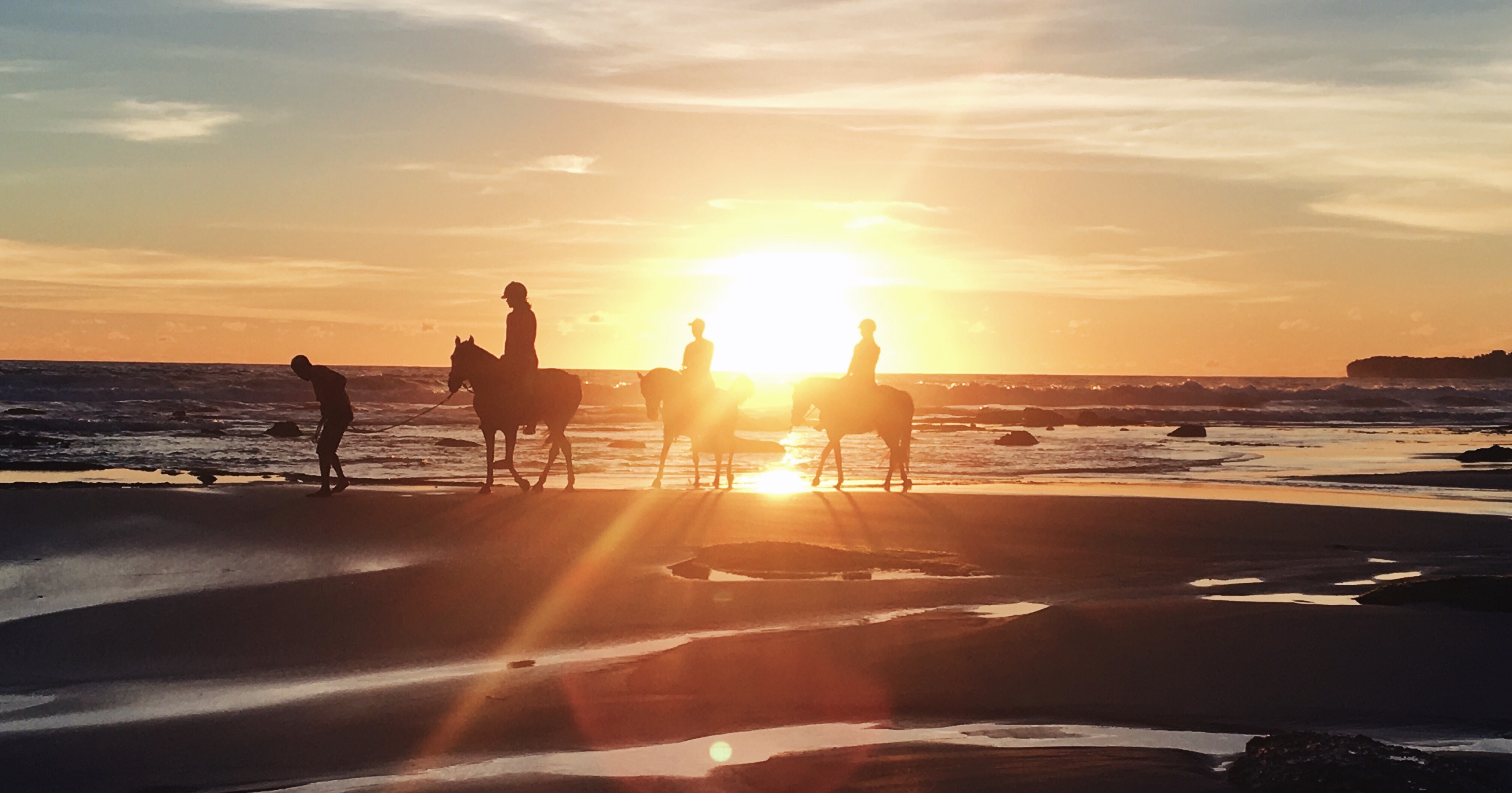Ok guys, it’s 2018 and I’ve decided it’s time to step up my game!
I love the outdoors; the sun, the ocean, the fresh air. It makes me feel alive. We live in such an incredible world with so much beautiful nature and I want to start doing more to look after our planet so that we can all enjoy it together with our future generations.
I’ve set myself 3 challenges that I’ll be focusing on in 2018 to step up my game to help look after our natural world. And while I understand these won’t solve all of the world’s problems, I truly believe every little bit will help make a difference. There is never a better time to start positive change than now.
My 3 Challenges for 2018:
1. Support Renewable Energy
Renewable energy sources include wind, solar, hydro and biomass. Renewable energy is a better choice for our environment because, unlike fossil fuels, these natural sources will not run out and they can be replaced or ‘renewed’ with minimal harm to the environment or contributing to the greenhouse effect and global warming.
To support renewable energy, you can choose to move your power to a company that only invests in renewables. During my research, I found a company called Powershop, which has been ranked Australia’s Greenest Power Company two years running (Greenpeace Green Electricity Guide 2014 & 2015). Powershop are 100% carbon neutral at no extra cost and backed by 100% renewable generation.
Powershop also has an app and online usage tools that allow you to see your energy usage in close to real time, which means you can see where your energy is being used and how you can reduce your usage, for example, by turning off appliances when not in use.
So switching your electricity to Powershop means you can green up your home and help the environment, without necessarily paying any more. They also have no lock in contracts or exit fees, so worth a try! My goal is to switch to Powershop and support renewable energy and the environment.

2. Continue Eating Meat-Free
Two years ago, I set myself the goal to go completely meat-free and I plan to continue this during 2018. Whether you choose to do meat-free Monday, have every second day of the week meat-free or go completely meat-free like me, you will be helping the environment.
According to the Food and Agriculture Organisation of the United Nations, the livestock sector is “one of the top two or three most significant contributors to the most serious environmental problems, at every scale from local to global”.
Meat production uses a lot of land and huge quantities of water – both for raising animals and to grow food for them. In fact, one third of all land on earth is used for meat production. Plus, animals are fed crops, such as maize and soya, which could be used to feed humans. It can take up to 12kg of grain and nearly 13000 litres of water to produce just 1kg of beef. Further, producing meat causes greenhouse gases which are damaging to the planet. The FAO estimates that livestock production is responsible for 15% of global greenhouse gas emissions (some organisations have estimated it could be as much as 51%). World scientists on the UN Intergovernmental Panel on Climate Change agree that we need to reduce the amount of greenhouse gases in the atmosphere by 80 per cent by 2050 in order to avoid catastrophic climate change.
Here are some healthy meat-free protein alternatives I’ve been loving that you can try:
• Beans
• Lentils
• Tofu
• Chickpeas
• Tempeh
• Nuts & seeds
Interestingly, swapping your meat for pulses (beans, chickpeas and lentils) not only reduces the negative impact on the environment, but actually helps foster sustainable agriculture and soil production. Pulses contain nitrogen-fixing properties which improve soil fertility and extends the productivity of farmland! They are also highly water efficient, only requiring 1250 litres of water to produce 1kg of lentils vs 13000 litres of water to produce 1 kg beef.

3. Use Less Plastic
Over 6 million tonnes of rubbish are dumped into the world’s oceans each year. 80% of this waste is plastic and has led to an estimated 46,000 pieces of plastic for every square mile of ocean and is responsible for killing more than a million seabirds and 100,000 mammals every year. When the animal dies and decays the plastic is free again to repeat the deadly cycle.
Australians are among the highest waste producers in the world & the rubbish that ends up in landfill produces CO2 & methane, which is a major contributor to green house gases and damages the environment.
To reduce my impact of rubbish on our environment, my goal is to use less plastic bags and bottles. I’ll admit, this one will be tricky for me but my strategy will be to take re-usable bags to the shops when I do my shopping and not to buy water in plastic bottles.
Plus here is a list of what you can recycle:
• Plastics – water bottles, milk bottles, ice cream & takeaway containers, juice & cream containers, all other products with the plastic identification codes 1-7
• Aluminium & Steel – Empty steel cans, aluminium soft drink cans, clean aluminium foil & pie trays, empty aerosol cans
• Paper, Cardboard & Cartons – Newspapers & magazines, cardboard, cereal & food boxes, office paper, envelopes & mail, empty milk & juice cartons
• Glass – Empty glass bottles & jars
Note – you can’t put the following in the recycling bin: Plastic bags, nappies, ceramics, cookware & crockery, oven-proof glass, medical glass, light bulbs & broken drinking glass, syringes, polystyrene, hazardous and liquid waste.

Sponsored Content: This article is proudly sponsored by Powershop. All opinions are my own and not influenced in any way. #powershoppartner

